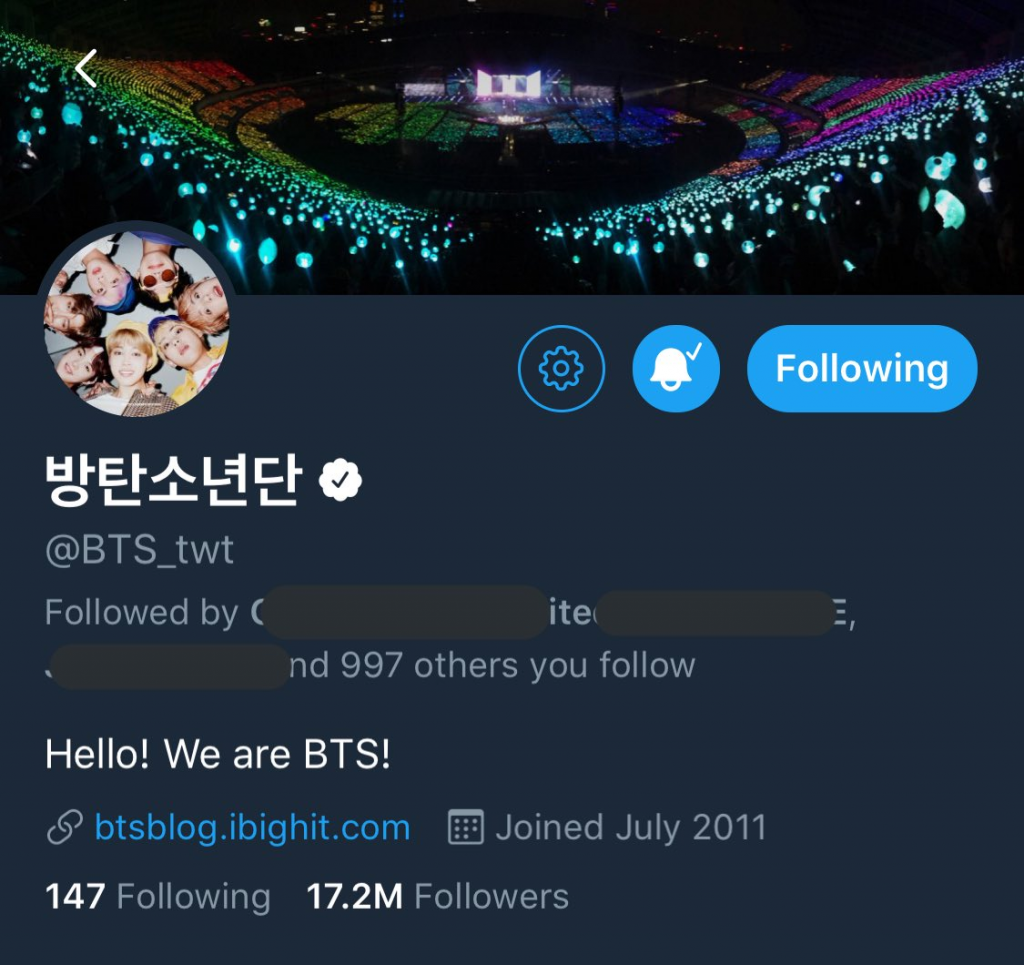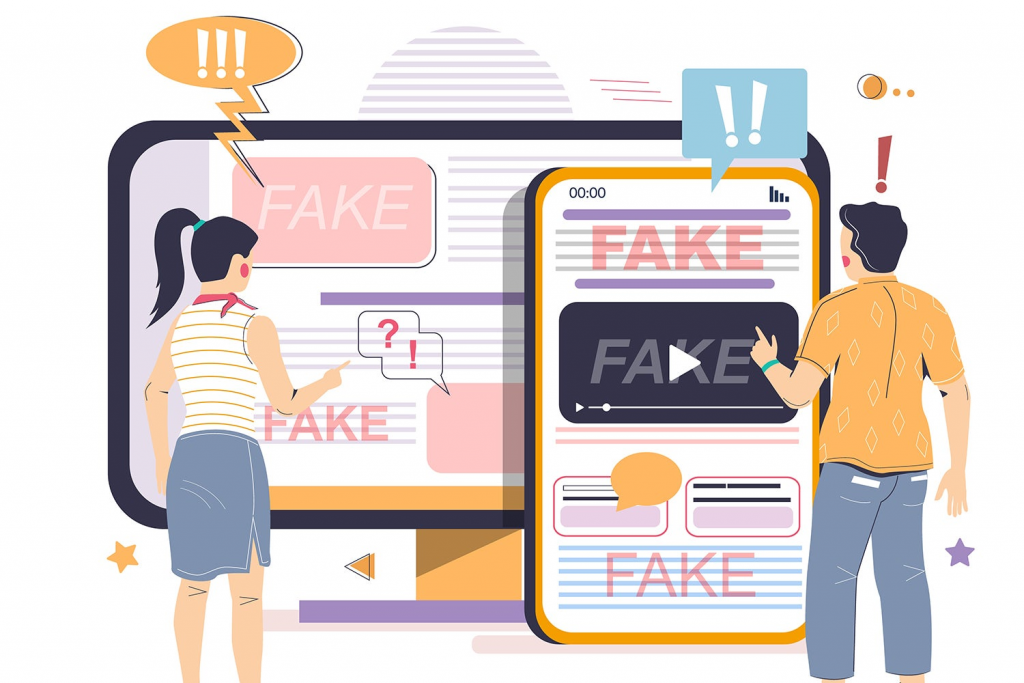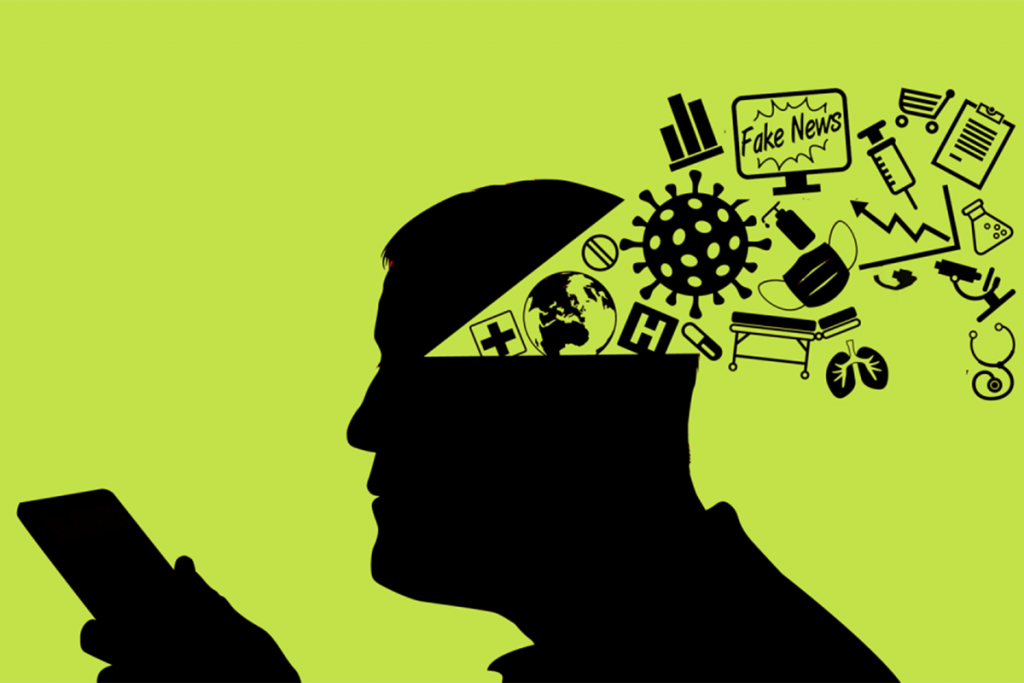High School and the Rise of Social Media
I used Google for the first time when I was in elementary school. I still remember sitting in the computer lab, slowly typing on the keyboard, and looking for information to finish an assignment. The internet didn’t have nearly as much stuff back then as it does now. You still had to go to the library to find reliable sources in books and newspapers. Google was new and exciting, but it wasn’t yet the best place to find answers to all of your questions.
The internet was already a bigger part of my life by the time I got to high school. I spent hours on Twitter, following celebrities and reading their tweets. It wasn’t just about news on social media; it was also about feeling like you belonged. I would sit with my friends and laugh, fight, or bond over the most recent viral tweets. I remember when we were all crazy about BTS, the most popular K-pop group in the world. We talked about their posts, how they interacted with fans, and how popular they were around the world all the time. It wasn’t just about having fun; it was also about how digital platforms brought us together with people all over the world who had the same interests.

The Double-Edged Sword of Digital Media
Digital technologies are such a big part of our lives now that they sometimes seem invisible, like they aren’t even there. We depend on them for everything. Want to know if your sore throat is bad? Look it up. Are you having trouble with a relationship or family problem? There are a lot of forums, videos, and articles that can help you. Things that used to be too personal or hard to ask about in person are now just a few clicks away. The internet has made it harder to tell the difference between public and private knowledge.
But this easy access can also be risky. There is false information that can confuse, mislead, or even hurt people in every helpful article. Fake news has spread a lot, and it can make people more angry or cause friends to get into heated arguments online. I still remember seeing a protest on social media. It became a messy trend and spread all over the internet in no time. Because the posts spread so quickly and without proof, what started as a call to action turned into a mess.
And now that AI is making more of the content we see, the problem is even worse. AI can be helpful in some ways. It helps us get answers faster and make sense of information better. It also makes it harder to tell if what we’re reading is true or just well-written but not true. AI tools can sound sure of themselves even when they’re wrong, so we need to be extra careful when we use them to learn things.

How We Can Protect Ourselves Online

Not only do you need to know how to search critically, but you also need to be smart about figuring out what’s right and wrong. When you get the information, ask yourself: Who made this and why? What proof do they have for what they say? Is this what other trustworthy sources are saying? It means knowing that algorithms choose what information comes up first and that platforms shape what we see online based on what they think we want to see or if they can avoid it.
For instance, if you read medical advice online, make sure to check it against a trustworthy health website or an official medical group. If you see a news story on Twitter, make sure that more than one reliable news source is covering it in the same way. Checking the date of an article is a small thing that can make a big difference. Outdated information can be just as bad as false information.
I used Google in elementary school, Twitter in high school, and now I use AI-powered search tools. This shows me how quickly digital technologies and media have changed. They’ve taught us things, helped us connect with others, and made things easier for us. But they’ve also made us think more deeply about what we eat and how it affects us. The most important thing is to stay curious but also careful. Always question what you see and hear.


Recent Comments